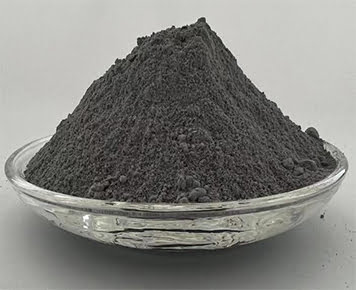Polypropylene fiber – the “past life” of fiber concrete.
The use of fibers in construction projects can be traced back more than 1000 years in human history. Initially, natural fibers – certain cellulose fibers were used directly after a simple treatment. As early as in ancient times, people already know and began to use natural cellulose fiber to enhance certain inorganic materials; such as in our ancient times, people will be straw or weeds by cutting into the natural drying of clay bricks; Egyptians with straw or animal hair to strengthen the pottery items; ancient Romans will be cut short horsehair mixed in plaster, lime or volcanic ash cement; ancient temples in the construction of the statues dedicated to people, but also often used The ancient temples were often made of clay mixed with plant fibers. This shows that people found that adding fibers to inorganic cements can reduce their brittleness and cracking through practical exploration.
In 1824, the Englishman J. Aspdin (Joseph Aspdin) invented “Portland” cement, since then the modern cement concrete. 1847, the Frenchman (Lamport) used steel wire as a skeleton to make concrete boats and flower pots, the most primitive reinforced concrete components.
In 1874, the Americans in the concrete to add scrap steel, the beginning of the application of steel fibers in concrete. 1910, the United States H.F. Porter proposed the concept of “steel fiber” concrete, published a research report on the short fiber reinforced concrete, and patented, and recommended that the short fiber uniformly Between 1911 and 1933, in the United States, Britain, France, Germany and other countries have applied for a short wire in the concrete uniformly mixed with fine wood chips to improve the performance of concrete patents, but has not been applied in the actual project. Japan during the Second World War, there was also research in this area. Until 1963, J.P. Romualdi and J.B. Batson “on the fiber concrete reinforcement theory report” published, the fiber spacing theory, only to make the research and application of steel fibers has achieved faster development. China in the 1970s, began the “steel fiber concrete” theory and application of research; 80s, steel fibers have been in the roads, bridges, tunnels and other concrete projects have been widely used; then, steel fiber concrete test methods, design and construction procedures and “steel fibers for concrete” and other industry standards Then, steel fiber concrete test methods, design and construction procedures and “steel fiber for concrete” and other industry standards were released one after another to promote the application of steel fiber in various construction projects in China.
The first asbestos fiber cement appeared in 1879, and in 1900, Hatschek, an Austrian, used a round net copying machine to manufacture asbestos cement sheets, which led to the industrial production of asbestos cement. In the mid-1930s, China started to produce asbestos cement “wave tiles”. In the mid-1970s, the asbestos cement industry reached its peak; after the mid-1970s, it was discovered that asbestos dust was carcinogenic; therefore, since the early 1980s, several developed countries restricted the production and use of asbestos cement products one after another, thus promoting the research and development of non-asbestos fiber-reinforced cement products, whose substitutes were mainly glass fiber, in addition to wood pulp fiber, polyacrylonitrile fiber, polyvinyl alcohol fiber and polypropylene fiber. In addition, there are wood pulp fiber, polyvinyl chloride fiber, polyvinyl alcohol fiber and polypropylene fiber, etc.
In the late 1950s to early 1960s, China Cement Industry Research Institute and other units, had explored the use of medium alkali glass fiber reinforced ordinary silicate cement mortar or concrete; the former Soviet Union Piliukovich and others, had explored the use of alkali-free glass fiber reinforced gypsum alumina cement mortar; but in the end, all because the glass fiber can not withstand the alkaline erosion of cement hydride, the loss of reinforcing effect was not successful. 1967, the British Building Research Establishment (BRE) made a trial of alkali-resistant glass fiber containing zirconium, and began production in 1971; in 1979, the British BRE published a report pointing out that: although this fiber material in a dry indoor environment on the mechanical properties of the component changes little, but in a humid environment or when exposed to the atmosphere, the mechanical properties of the component is still significantly reduced. For this reason, into the 80s, the international scientific research units are committed to improving the “glass fiber reinforced concrete” (GRC) durability of research; while Western countries mainly in the alkali-resistant glass fiber outside the protective layer, in the cement mixed with some polymer emulsion measures; China Building Materials Research Institute is to take the alkali-resistant glass fiber The technology of matching with low alkalinity cement. The durability of GRC formulated with this technology is significantly better than that of GRC made of alkali-resistant glass fiber matched with ordinary Portland cement, regardless of the hot and humid environment or long-term exposure to the atmosphere, which is called the “double insurance” GRC technology route with Chinese characteristics. Because it solves the durability problem of GRC better, it has prompted the GRC industry in China to develop more rapidly.

